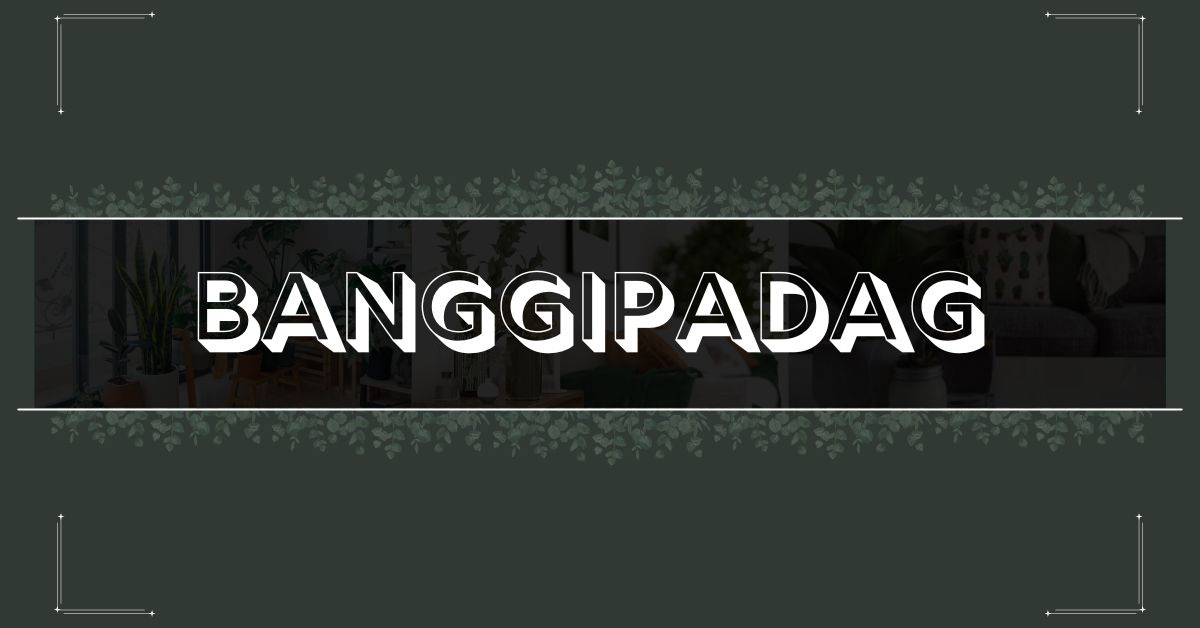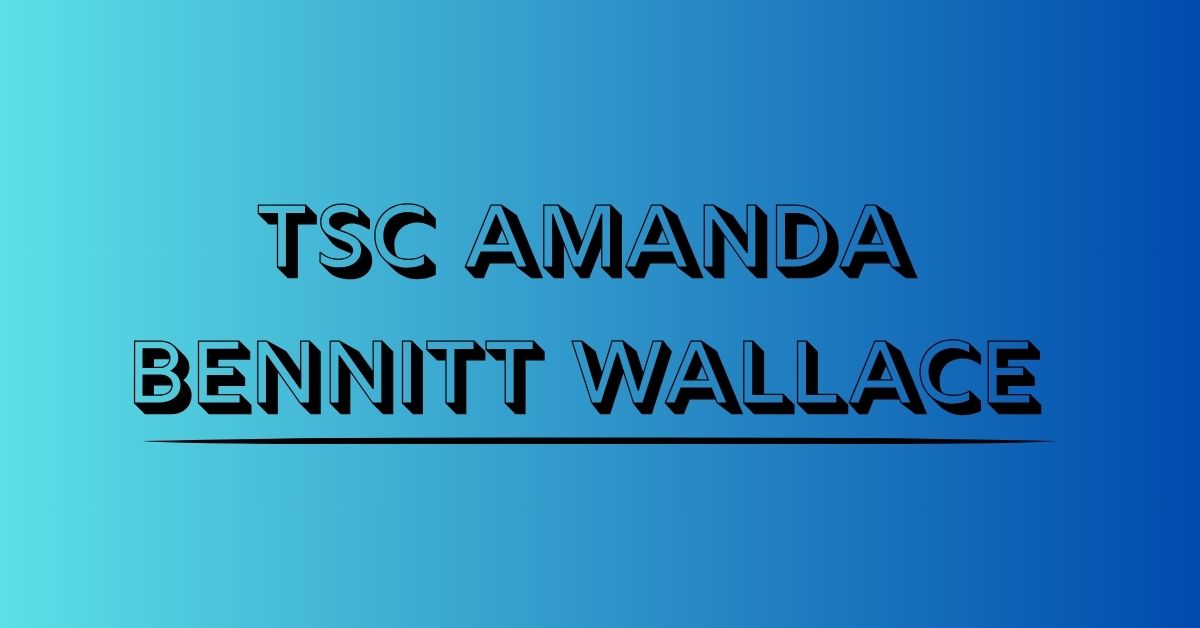The term Banggipadag has become an intriguing part of modern discussions, especially across digital communities and niche cultural spaces. While not widely understood in mainstream circles, banggiadag carries with it a unique identity, blending cultural relevance, digital emergence, and lifestyle expression. For some, it’s a name, for others a brand, and for many, a symbol of evolving creative movements that resonate with today’s younger audiences.
The Cultural Roots Behind Banggipadag
While there is limited mainstream documentation, banggipadag appears to be rooted in a blend of urban creativity and local community expression. It may be associated with particular groups, art movements, or even social causes that began from grassroots levels. The name evokes a cultural blend that’s authentic and representative of values such as identity, expression, and voice. Its rise is closely linked to underground trends that later gain digital traction.
Digital Popularity and Online Visibility
One of the reasons banggipadag has caught attention is its growing digital footprint. From Instagram hashtags to YouTube content and even independent blogs, the word is gaining relevance among influencers and content creators who see in it an identity that resonates with originality and defiance of norms. Social media plays a huge role in pushing terms like banggiadag into mainstream awareness, especially when tied to visually strong content and meaningful storytelling.
Why Youth Relate to banggiadag
Younger generations often seek symbols and language that reflect their unique realities. Banggiadag is becoming one of those identifiers, used to show alignment with creativity, resilience, and a touch of rebellion. It’s a flexible term, adapting its meaning based on the context—sometimes humorous, sometimes serious, but always a marker of individuality. The youth’s embrace of such words points to a larger trend of redefining mainstream communication using microcultures.
Banggipadag and Its Branding Potential
What started as a term of unclear origin has the potential to evolve into a brand. The power of words like banggiadag lies in their ability to be molded into logos, merchandise, music, and more. Entrepreneurs and digital artists are exploring how to turn this term into a visual and commercial identity, giving rise to apparel lines, digital art collections, or music labels. With the right creative push, banggiadag could become the next recognizable brand for niche but growing markets.
Connection with Streetwear and Urban Culture
Banggipadag has also found subtle connections with streetwear culture. The influence of street fashion is evident in its tone and vibe—authentic, non-corporate, and rooted in the everyday lives of those on the margins of mainstream fashion. Whether it’s printed on oversized tees or used as graffiti tags, the word fits seamlessly into this culture. Its adoption by local streetwear designers could push it further into fashion-conscious communities.
Music and Artistic Interpretations
Art and music are key vehicles through which terms like banggiadag grow. Independent music creators often use unique terminology to stand out, and banggiadag offers that novelty. Artists might incorporate it into lyrics, track names, or album art to reinforce identity and emotional connection. Visual artists, too, explore themes that this term might represent, translating the intangible into paintings, digital illustrations, or installations that reflect its spirit.
Social Messaging and Empowerment
There’s a deeper layer to banggiadag that ties into social commentary. Many digital activists use fresh language to convey resistance, awareness, and calls for change. Banggiadag could be used in this sense—as a rallying cry for a cause or a marker of a subculture that seeks recognition. Whether it is linked to mental health awareness, LGBTQ+ identities, or artistic freedom, its application reflects deeper societal concerns cloaked in creative expression.
Challenges of Mainstream Recognition
Despite its popularity in underground or digital spaces, banggiadag faces challenges when it comes to wider recognition. Mainstream media often resists new terms until they gain overwhelming digital validation or celebrity endorsement. Additionally, terms that originate from non-institutional sources may be dismissed or misunderstood. For banggiadag to truly break through, it will need ambassadors—those willing to define and defend its place in larger conversations.
The Role of Community in Shaping Meaning
Unlike brand slogans created in boardrooms, words like banggiadag are shaped by real people through use and repetition. The community decides what it means and how it evolves. This bottom-up approach to language and branding is what makes such terms feel authentic. Communities online—Reddit threads, Discord groups, or Instagram pages—continue to build the identity of banggiadag through their lived experiences and creative outputs.
Merchandising and Monetization Ideas
As banggiadag gains traction, creators are exploring ways to monetize it without losing authenticity. Customized merchandise such as caps, tote bags, hoodies, or phone cases are being designed with the word as the centerpiece. Some creators use it to launch YouTube channels or TikTok accounts where every post reflects a vibe tied to the meaning of banggiadag. Monetization becomes easier when authenticity is maintained and the content aligns with the identity the word projects.
Global Appeal and Local Roots
Interestingly, banggiadag represents a phenomenon where global appeal doesn’t require abandoning local roots. It can be appreciated by an international audience while staying deeply connected to its original context or language. The word acts as a cultural bridge—familiar enough to understand but unique enough to intrigue. This dynamic is often what propels niche terms into larger relevance.
Future Potential in Media and Technology
Looking ahead, the potential of banggiadag in digital media is vast. It could be the name of a podcast, a digital zine, or even a video game character. Creative entrepreneurs are realizing the branding power of culturally loaded words and using them to build experiences that resonate. Tech platforms too might pick up on this trend, offering features or communities centered around emerging identities like banggiadag.
Educators and Researchers Observing Trends
Sociolinguists and cultural researchers have a growing interest in how words like banggiadag enter and influence popular culture. These terms often start as linguistic micro-trends before becoming case studies in how communities use language to empower themselves. Research into this space can offer deeper understanding of digital subcultures and how they shape the broader media environment.
Conclusion
Banggipadag is more than just a word—it is a symbol of cultural evolution, creativity, and community. From fashion and music to social identity and digital entrepreneurship, it continues to evolve in meaning and relevance. It represents how language can become a tool of expression, identity, and change. As more people embrace and interpret it, banggiadag has the potential to transform from a niche expression into a widely recognized cultural statement.
FAQS
What does banggiadag mean?
Its meaning is flexible and shaped by users, often tied to identity, creativity, and expression.
Is banggiadag a brand?
Not officially, but it is evolving into one as creators explore its use in merchandise and media.
Where is banggiadag popular?
It has gained traction in online communities, youth culture spaces, and among independent artists.
Can I use banggiadag in my content?
Yes, its open usage allows for creative interpretations across fashion, music, and media.
Will banggiadag become mainstream?
It has the potential to do so, especially with increased social media usage and cultural relevance.





